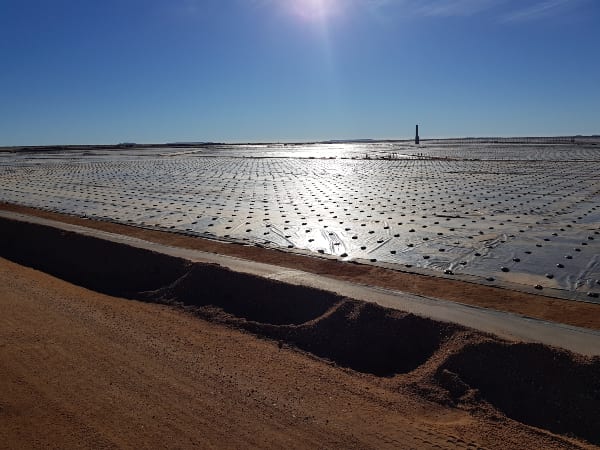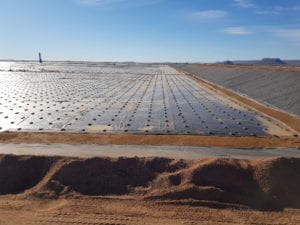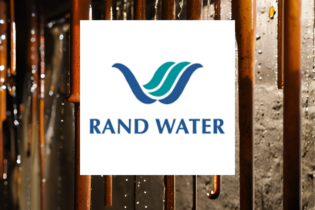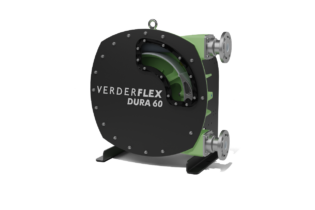Huge sums of money are spent developing world-class geosynthetic materials, but often insufficient care is taken during the installation of these products.
Construct 3 Technologies’ unique Geo-Q software provides complete control over the process, ensuring a quality outcome. Over the last few years, the industry has seen significant technological advancements in geosynthetic materials, and the equipment utilised for their installation. However, geosynthetic construction quality control and quality assurance procedures have remained largely unchanged. With barrier systems, it is also becoming increasingly complex to achieve compliance with local and international containment standards and specifications. It, therefore, stands to reason that as barrier system complexity increases, so too should the practical implementation and management of the on-site construction quality control and quality assurance. Unfortunately, this is not the case. South Africa’s waste legislation is quite clear on the importance of barrier systems to prevent pollution; however, the poor installation of geosynthetic liners often leads to environmental pollution. “Although engineers design for some leaks, zero leakage is possible with the right quality control measures in place,” stresses Henco Weidlich, managing director, Construct 3 Technologies. Weidlich argues that it is no longer appropriate merely to apply standard or generic on-site construction quality control and quality assurance procedures. This approach lends itself to administrative errors and practical installation mistakes, which can ultimately lead to barrier system failure. “The real question we need to be asking is: ‘How much is quality worth?’. Unfortunately, many people still don’t see quality as a potential risk, and this needs to change,” he says.Quality control solution
In response to the growing quality control problem, Construct 3 Technologies has developed the Geo-Q Online Management System. This unique geosynthetic installation management software is the first of its kind in the geosynthetics industry and encompasses all local and international standards to implement both quality assurance and quality control during the operational management of a geosynthetic installation. Currently, project completion, construction quality assurance and construction quality control data packs typically consist of manually completed Excel spread sheets, data capturing software, or hand-written documentation. Geo-Q is a cloud-based solution that records and makes information available in real time, providing the client, engineer and all other stakeholders on the project with on-demand access. This makes it possible to view what happens on-site from the boardroom, anywhere in the world, enabling transparency through online collaboration with the client, main contractor, geosynthetic installation contractor, engineer and even the manufacturer of the materials, explains Weidlich.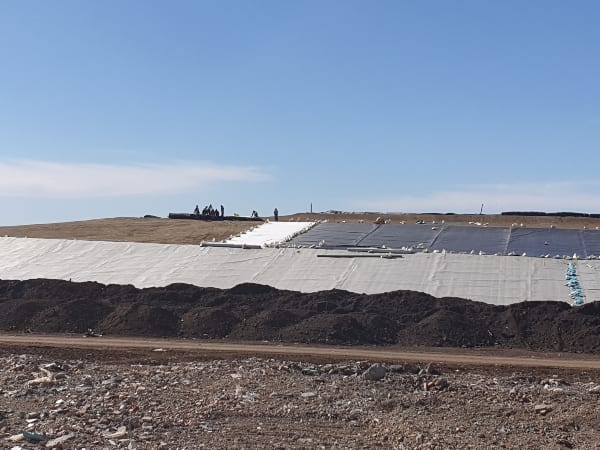
Why choose Geo-Q?
Geo-Q offers numerous benefits over traditional methods. The software features 86 check points as per SANS 10409, with daily checklistsand sign-offs. From the beginning, manufacturers have access to ensure that the materials supplied are correctly installed and fit for design requirements. The software maintains complete traceability of all lining materials used for the project, from manufacturing to installation. The client or client representative also has access to the Geo-Q platform in order to participate and obtain accurate information at any given time, enabling verification that all information recorded is correct. The main contractor can verify that all information recorded is correct, while the engineer is able to verify that all work completed for the day complies with the project specification. The geosynthetic installer or third-party quality controller can populate the information received from the crew on-site and complete the verification process after all testing procedures have been completed for the day. Importantly, information cannot be changed after sign-off, ensuring accuracy and accountability, stresses Weidlich. Geo-Q also allows for the uploading of photos, documents and video recordings for reference points, and live online chats are downloadable as meeting minutes for each project. The software is completely in the cloud, available on any device with an internet connection and does not require any software download.
